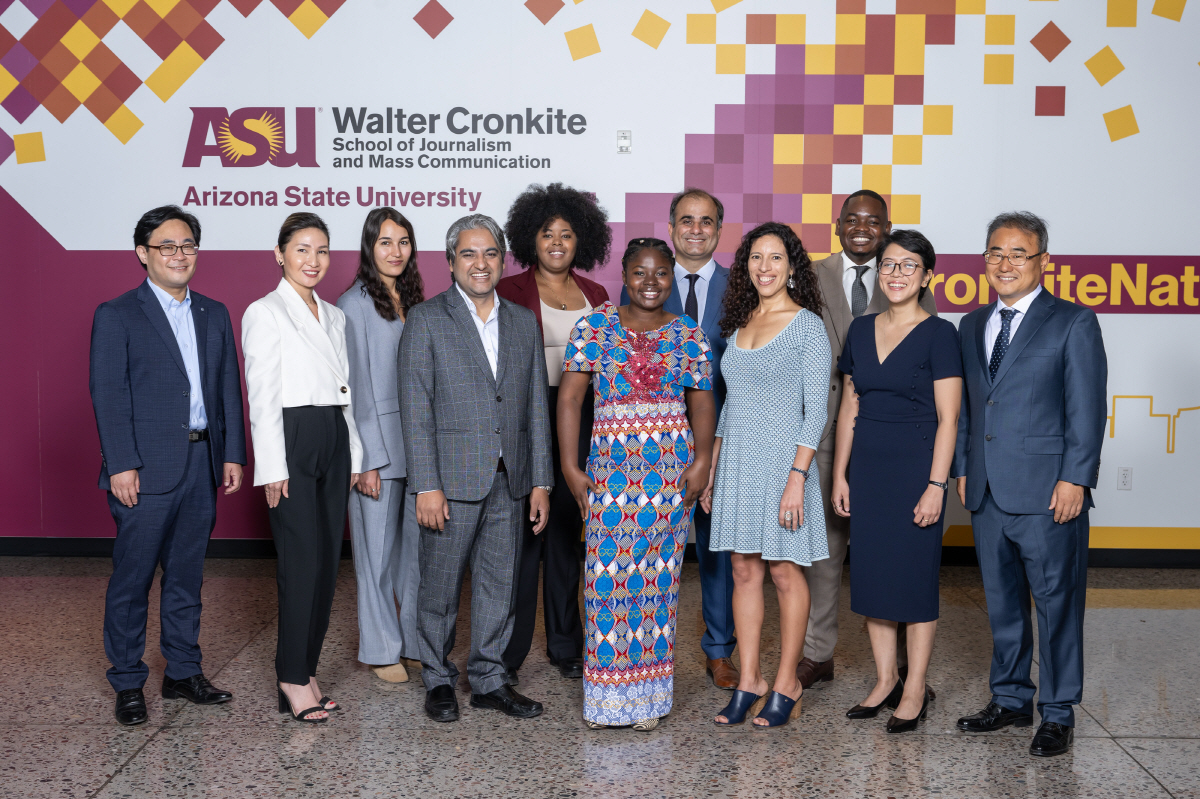
Having been only six years old when the 9/11 terrorist attack took place in New York City, my experience and understanding of that event is largely molded by bearing witness to the political decisions made after in relation to the attack and the declaration of “Weapons of Mass Destruction” that initiated the war that caused the death of Americans and civilians and other humans alike.
Learning the basics of what war really meant in my high school government class, I remember being enraged by the concept, cause, and ultimately the conclusion as a result of war. This barbaric act of literally killing the “other side” based on conflicting ideas being seen as means to an amicable end just made very little sense to me, and continues to not seem like the correct method of achieving a goal and an overused concept employed by world leaders around the globe.
How would the potential outcome differ if both sides took a moment to quite literally discuss the issues at hand in order to compromise and seek a solution? How does this conversation differ when we address the idea of conversing with actual terrorists?
While our history World Wars includes causes and motivations outside of terrorism, this idea of legitimate conversation and everyone showing up to the table to discuss the issues at hand seems like a common sense first step before signing up for bloodshed by entering into war.
In the book, “Terrorists at the Table: Why Negotiating is the Only Way to Peace” author Jonathan Powell discusses why these concepts of negotiating with the other side can be universally applied, even in situations involving terrorists. In his book, he addresses the misconceptions that so many seem to have as it relates to discussing issues with terrorists, in that it is believed that having discussions with these hate groups is in some way agreeing with their hateful rhetoric.
We are taught in grade school the importance of discussing issues and addressing conflicts that arise on the playground. Why wouldn’t that same method of reaching understanding be applied from the highest leadership levels?

